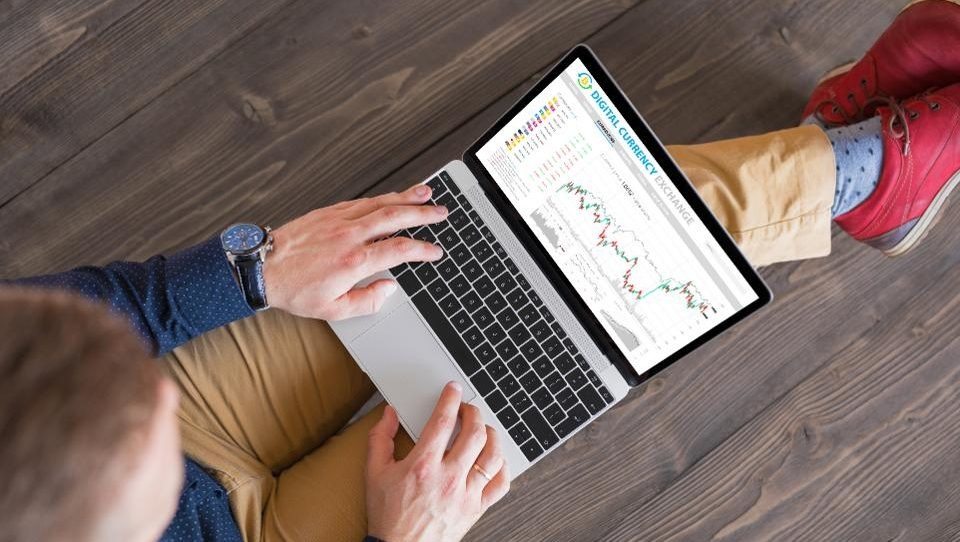Opening a trading account is an essential step for anyone looking to invest in the financial markets, such as stocks, bonds, options, or forex. A trading account allows you to buy and sell financial instruments through a broker or a trading platform, with the goal of generating profits from price movements. In this comprehensive guide, we will walk you through the process of opening a trading account, including the requirements, steps, and considerations involved.
Before diving into the specifics, let’s discuss the importance of choosing the right broker or trading platform. Your choice of broker can significantly impact your trading experience and success, as it determines factors such as the markets you can access, the fees and commissions you’ll pay, the trading tools and resources available, and the level of customer support provided. It’s crucial to research and compare different brokers based on your trading needs, preferences, and level of experience.

Some key factors to consider when selecting a broker include:
- Regulating authorities should be reputable, and the broker should offer a secure trading environment.
- Markets and products: Check if the broker offers access to the markets and financial instruments you’re interested in trading.
- Fees and commissions: Compare the costs associated with trading, such as account maintenance fees, trading commissions, and spreads.
- Trading platform: Evaluate the broker’s trading platform in terms of its user-friendliness, features, and reliability.
- Education and research: Look for brokers that provide educational resources, market analysis, and research tools to support your trading decisions.
Once you’ve selected a suitable broker, follow these steps to open your trading account:
Step 1: Visit the Broker’s Website and Begin the Application
Go to the broker’s website and look for the account opening or registration section. Click on the appropriate link or button to start the application process. Some brokers may require you to fill out a pre-application form or questionnaire to determine your eligibility and provide personalized account recommendations.
Step 2: Choose the Type of Trading Account
Brokers often offer different types of trading accounts to cater to various levels of experience, trading styles, and investment amounts. Common account types include:
- Individual or joint accounts
- Demo or practice accounts
- Mini or micro accounts (with lower minimum deposit requirements)
- Standard or classic accounts
- Professional or VIP accounts (for experienced traders with higher investment amounts)
Select the account type that aligns with your trading goals, experience, and capital.
Step 3: Provide Personal Information and Identification
Fill out the online application form with your personal details, such as your full name, date of birth, address, contact information, and employment status. You’ll also need to provide proof of identity and address, which typically involves uploading a copy of your government-issued ID (e.g., passport or driver’s license) and a recent utility bill or bank statement.
Step 4: Complete the Financial and Trading Experience Questionnaire
Brokers are required by law to assess your financial situation, risk tolerance, and trading experience to ensure that the products and services offered are appropriate for you. Answer the questions honestly and accurately, as this information helps the broker determine the suitability of their services and may influence the account features and resources made available to you.
Step 5: Agree to the Terms and Conditions
Read and understand the broker’s terms and conditions, which outline the rules, rights, and obligations governing your trading account. This document includes information on trading policies, fees, data privacy, dispute resolution, and more. If you agree to the terms, sign or digitally accept the agreement.
Step 6: Fund Your Trading Account
Once your account has been approved, you’ll need to fund it before you can start trading. Most brokers offer various deposit methods, such as bank wire transfers, credit/debit cards, or e-wallets. Choose your preferred funding method and follow the instructions provided by the broker. Be aware of any minimum deposit requirements and ensure that your funds are cleared before attempting to place trades.
Step 7: Download and Set Up the Trading Platform
After your account is funded, you can download and install the broker’s trading platform on your computer or mobile device. Some brokers offer web-based platforms that can be accessed directly through your browser. Familiarize yourself with the platform’s interface, features, and navigation to ensure a smooth trading experience.
Step 8: Start Trading
With your trading account set up and funded, you’re ready to start trading. Begin by developing a trading plan that outlines your goals, strategies, risk management rules, and performance metrics. Conduct thorough research and analysis before placing trades, and always adhere to your plan and risk tolerance. Monitor your positions closely and adjust your strategies as needed based on market conditions and performance.
Remember, trading involves risks, and it’s essential to educate yourself continuously, stay disciplined, and manage your emotions. Take advantage of the educational resources and tools provided by your broker, and consider seeking guidance from experienced traders or financial professionals when necessary.
In conclusion, opening a trading account is a straightforward process that involves choosing a broker, completing an application, providing identification and financial information, and funding your account. By carefully selecting a reputable broker and following the steps outlined in this guide, you can start your trading journey with confidence and access the vast opportunities available in the financial markets. Always prioritize risk management, continuous learning, and disciplined execution to maximize your chances of success in trading.










Add Comment